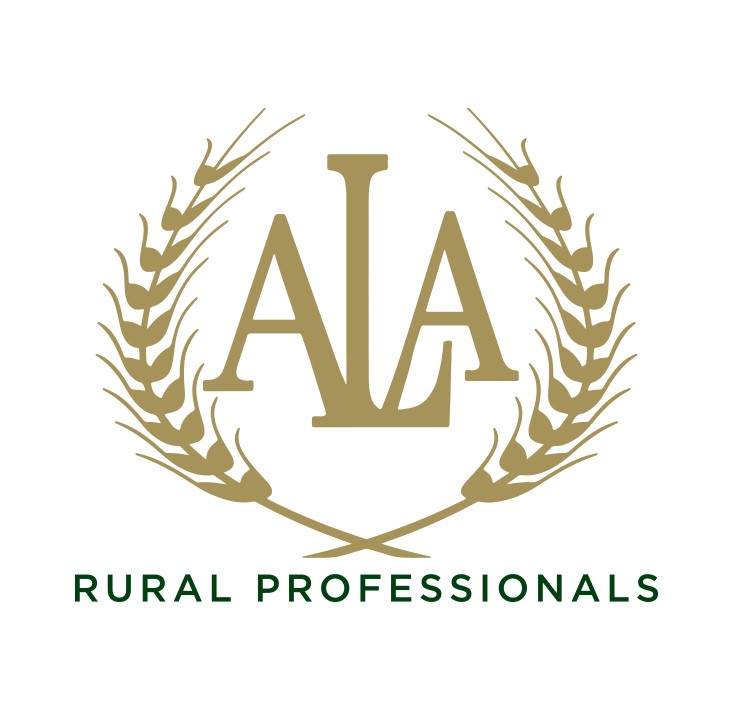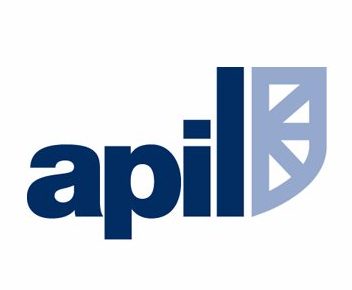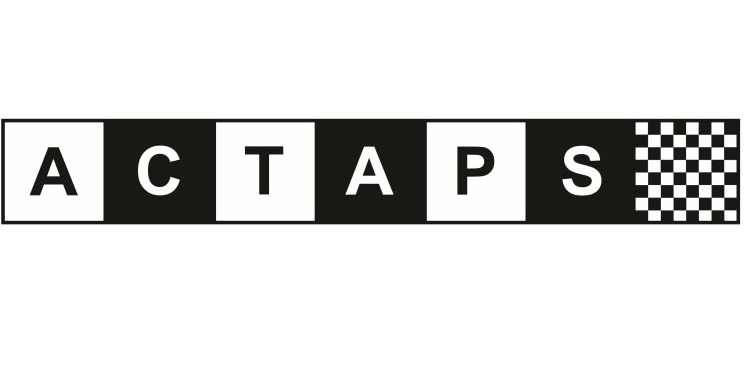Changes to Stamp Duty Land Tax (SDLT) in the 2011 Budget
The Budget 2011 introduced a number of changes to the SDLT regime. Some will encourage investors to the property market however changes to legislation have also made it harder for the consumer to avoid SDLT.
The following sections detail the changes to SDLT made in the 2011 Budget delivered by the Chancellor, George Osborne on 23 March 2011.
If you would like more detailed advice about the impact of these changes or any other commercial matter contact Daniel Ball on 01354 602884 or email danielball@fraserdawbarns.com.
First Time Buyers
In the March 2010 Budget, the Labour government announced the introduction of SDLT relief for first-time buyers of residential property where the price does not exceed £250,000. The conservatives in their emergency budget highlighted this would be a policy subject to review. The 2011 budget advised the review would be concluded by the autumn. No further indications were given at this stage as to what that outcome would be.
SDLT and linked transactions
The Finance Bill 2011 is to provide a relief for buyers of residential property who acquire interests in more than one dwelling from the same seller. Previously this area taxed property investors who purchased a number of properties under one deal although the transaction was typically made up of a number of individual purchases. This lead to the transaction being valued as a whole for the purposes of SDLT and therefore buyers could find themselves paying higher rates of SDLT.
The new relief will have effect for transactions where the effective date is on, or after, the date on which the Finance Bill 2011 receives Royal Assent.
If the buyer chooses to claim the relief:
Subject to a minimum rate of 1%, the rate of SDLT will be determined by the mean consideration. In other words, by the aggregate consideration divided by the number of dwellings.
The dwellings will be treated as residential property no matter how many dwellings are involved.
The aim of this relief is to reduce the barrier to investment in residential property, and promote the supply of private rented housing.
Withdrawal of disadvantaged area relief
The Government has announced that disadvantaged areas relief from SDLT and stamp duty will be abolished after 2012. The final date for abolishing the reliefs will be set out after consultation.
Anti-avoidance
In the 2011 Budget, the government announced three legislative changes designed to ensure that certain SDLT avoidance schemes are ineffective.
The anti-avoidance measures relate to the:
- Relationship between sub-sale relief and alternative property finance reliefs.
Definition of “financial institution” for alternative property finance reliefs.
Determination of consideration on exchanges of land.
The changes will come into force on 24 March 2011, although there are some transitional measures for arrangements entered into before 24 March 2011.
Relationship between sub-sale relief and alternative property finance reliefs
The term “alternative property finance” refers to what are commonly known as “Islamic Mortgages”. Islamic Mortgages allow a lender to own a property outright and the borrower to pay to the lender instalments or rent until the borrowing is paid. This is a typical alternative finance arrangement and current legislation allows such institution to avoid paying SDLT. sections 71A to 73, Finance Act 2003.
The SDLT regime also provides for a relief from SDLT on a sub-sale or similar arrangement, such as an assignment of rights under a sale contract (section 45, FA 2003, as amended).
The combination of the two reliefs enabled buyers to avoid SDLT, so legislation was changed to prevent the use of section 45 of the FA 2003 where an SDLT relief was available under section 73(3) of the FA 2003. Thereby examples of SDLT avoidance where a property is sold by a person (A) to another (B) and immediately sold by B to a financial institution (C) in return for C granting B a long lease back and an option to buy back the property for a nominal amount will no longer be affective as B cannot rely on a sub sale relief if C is relying on an alternative finance provision.
This change applies to transactions with an effective date on, or after, 24 March 2011. Broadly, transactions completed before 24 March 2011, or which are effected under a contract entered into before 24 March 2011, will not be affected by the change.
Definition of “financial institution” for alternative property finance reliefs
Sections 71A(8), 72(7), 72A(8) and 73(5)(a) of the FA 2003 specify the meaning of “financial institution” for the purposes of the alternative finance reliefs from SDLT.
As defined on 23 March 2011, a “financial institution” includes not only banks, building societies and insurance companies, but also anyone holding a consumer credit licence.
From 24 March 2011, it will no longer be possible to qualify as a “financial institution” under those sections of the FA 2003, merely by holding a consumer credit licence. Arrangements entered into prior to 24 March 2011 are unlikely to affected.
Determination of consideration on exchanges of land
The SDLT regime applies a market value charge to SDLT on exchanges of land, where at least one “major interest” is exchanged (section 47 and paragraph 5, Schedule 4, FA 2003).
The chargeable consideration for exchanges involving a major interest in land will be changed to the greater of:
The market value of the interest acquired.
What the chargeable consideration would be under the normal SDLT rules for consideration.
This change applies to transactions with an effective date on, or after, 24 March 2011. The draft legislation includes provisions dealing with contracts entered into before that date. Broadly, transactions completed before 24 March 2011, or which are effected under a contract entered into before 24 March 2011, will not be affected by the change. Interested parties should check the details of the proposed legislation to see if these transitional measures are important to their transaction.
Related Articles
Recommended By The Legal 500 Directory*
*We are recommended for the following practice areas: Corporate and Commercial, Debt Recovery, Employment, Personal Injury: Claimant, Agriculture and Estates, Contentious Trusts and Probate, Family, Personal Tax, Trusts and Probate & Commercial Property.
ServicesContact
















